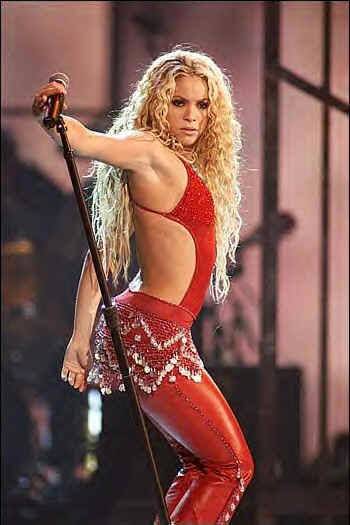When news spread that the Godfather of the New York Yankees died from a massive heart attack in Tampa, Fla., on July 13, the Big Apple wept. Hell, the whole sports nation was saddened. Mayor Michael Bloomberg ordered City Hall to lower the flags to half-mast, and a marquee outside the $1.5 billion Yankee Stadium scrolled “George M. Steinbrenner III, 1930-2010.” Yankees’ shortstop Derek Jeter told a reporter that the news of Steinbrenner’s death was like the news of a family member’s passing.
What Steinbrenner did for baseball, the Yankees, and New York City was ruthless, insurmountable, and legendary. He ruled with an iron fist, probably made grown men cry, but he also turned out (and dished out) spectacular numbers for the franchise. “George was ‘The Boss,’ make no mistake,” Hall of Famer Yogi Berra said to ESPN, referring to the nickname Steinbrenner earned and epitomized until his final days. “He built the Yankees into champions, and that’s something nobody can ever deny. He was a very generous, caring, passionate man. George and I had our differences, but who didn’t? We became great friends over the last decade, and I will miss him very much.”
“Winning is the most important thing in my life, after breathing. Breathing first, winning next.” 1998
If successes in Major League Baseball could be monopolized, Steinbrenner was the closest to doing so. The owner of the most storied sports franchise in history turned a struggling, downtrodden team, which he bought from CBS Inc. for $8.8 million in 1973, into the $1.6 billion juggernaut we all know today—of course not without controversies and lucrative business meddling. But under his 37-plus-year reign, he led the Yankees to seven World Series championships, 11 American League pennants, and 16 AL East titles.
Some critics may say Steinbrenner bought those championships, but he was a true American capitalist—turning the $8.8 million ball club into a billion-dollar-plus investment. He understood supply and demand extremely well—if he supplied the money, the talent would come. If the talent brought championships and pennants, fans would pay exuberant amounts of money to watch the best in the league play ball, regardless of a recession or not.
The Yankees’ approximate $206 million payroll today is unmatched by others by a long shot. Even the Red Sox, the second highest paying team, is still short by $46 million. When free agency arrived in 1975, Steinbrenner ushered in the era of multimillion-dollar salaries, starting with Jim “Catfish” Hunter, who signed with the Yankees for $3.5 million. Steinbrenner freely shelled out millions to Jeter, Reggie Jackson, Goose Gossage, Alex Rodriguez, among many others. In return, championships rolled in, starting with two back-to-back World Series titles in 1977 and 1978.




















